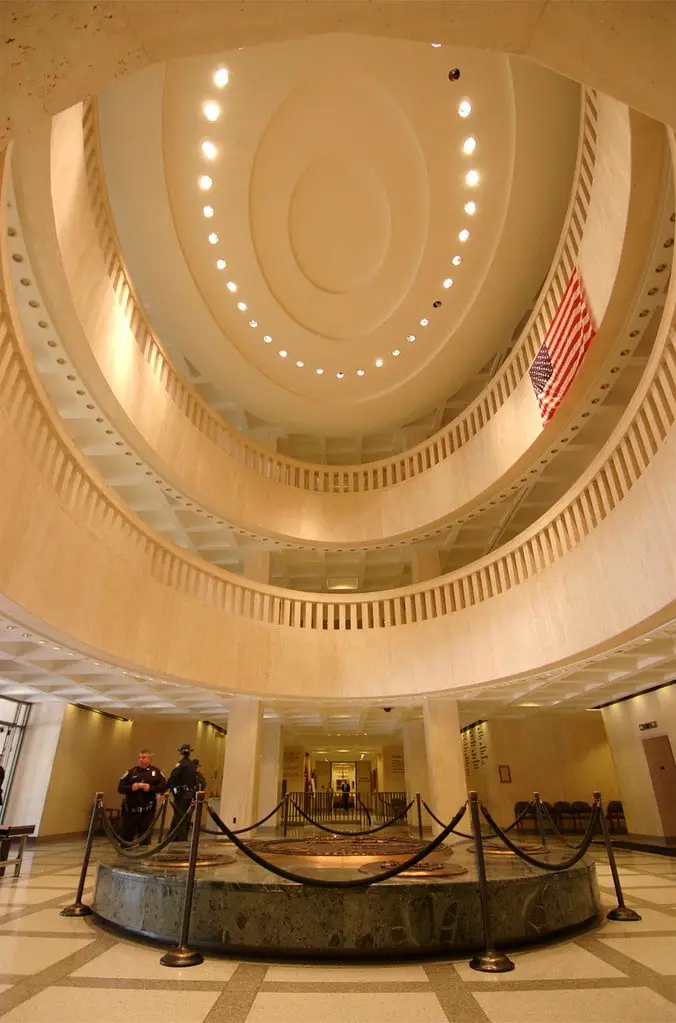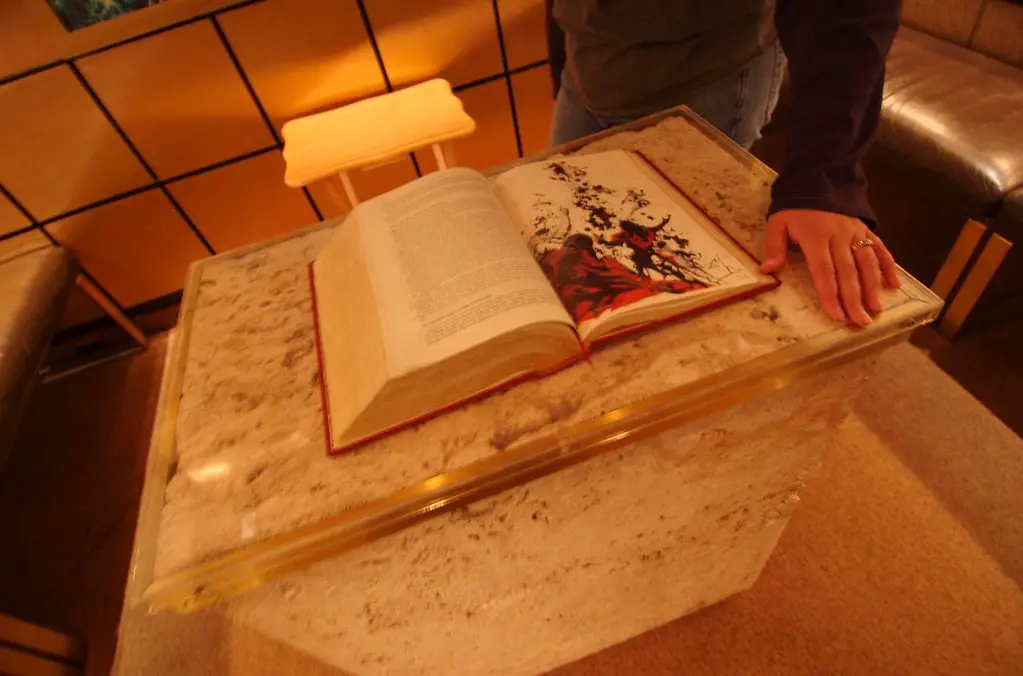Historical Background
Nestled in the heart of Tallahassee, the Florida State Capitol stands as a testament to the rich history and architectural prowess of the Sunshine State.
The original Capitol building, constructed in 1845, was a modest structure that bore witness to Florida’s entry into the Union. Over the years, the building underwent several renovations, each reflecting the changing times and needs of the state.
The current Capitol, completed in 1977, blends modern architecture with a nod to the past. The 22-story tower is flanked by the preserved facades of the historic Old Capitol, creating a harmonious blend of old and new. This juxtaposition symbolizes Florida’s growth while honoring its roots.
Historical figures such as Governor LeRoy Collins have graced the halls of the Capitol, shaping policies that resonate today. The building has also played a pivotal role in key historical events, such as the Civil Rights Movement, adding layers of significance to its existence.
Florida State Capitol: Political Significance
The Florida State Capitol is more than a building; it’s the epicenter of political life in Florida. It houses the Florida Legislature, where laws are debated, shaped, and passed. The decisions made within these walls have far-reaching impacts on the lives of Floridians.
Recent political activities have brought the Capitol into the spotlight. New laws backed by Governor DeSantis addressing immigration and gun rights have stirred debates and protests. The Capitol has also been the stage for demonstrations against controversial bills, reflecting its role as a forum for public expression.
The political significance of the Capitol extends beyond legislation. It’s a place where citizens meet lawmakers, where policies are scrutinized, and where the democratic process unfolds. It’s a living symbol of Florida’s political landscape, reflecting the diversity and dynamism of the state.
Cultural and Social Impact
The Capitol’s influence extends beyond politics into Tallahassee’s cultural and social fabric. It’s a gathering place for community events, a backdrop for artistic expressions, and a symbol of Florida’s identity.
The debate over the Confederate monument on the Capitol grounds exemplifies the building’s role in shaping public opinion. While some see it as a historical artifact, others view it as a painful reminder of a divisive past. The Capitol thus becomes a space for dialogue and reflection on shared values and heritage.
The building also hosts cultural events and exhibitions that celebrate Florida’s diversity. From art shows to historical tours, the Capitol engages with the community, fostering a sense of belonging and pride.

Security and Safety Measures
In a world where security concerns are ever-present, the Florida State Capitol has adapted to ensure the safety of its occupants and visitors. The building has seen its share of threats, from bomb scares to potentially violent protests, and each is handled with professionalism and care.
Security measures are in place, from surveillance to law enforcement presence, to protect the integrity of the democratic process. These measures, while necessary, have also sparked discussions about public access and engagement. The balance between security and openness is a delicate dance, reflecting the complexities of modern governance.
The Capitol’s security is not just about physical safety; it’s about preserving the values and principles that the building represents. It’s a commitment to democracy, transparency, and the rule of law.

Current Events and Future Prospects
The Florida State Capitol continues to evolve, reflecting the changing needs and aspirations of the state. Recent news of the Capitol’s front doors reopening after extensive renovations symbolizes a new chapter in its history.
The impact of COVID-19 on the functioning of the Capitol has been profound, leading to temporary closures and adjustments in legislative procedures. Yet, the building has adapted, showcasing resilience and flexibility.
Plans for the Capitol include potential changes to its structure and function, guided by public engagement and community input. The building is not a static monument but a living entity responsive to the needs and dreams of Floridians.

The Capitol Grounds and Memorials
The Capitol grounds are vital to the building’s identity, hosting memorials that honor Florida’s history and heritage. The Fallen Firefighter Memorial, for example, pays tribute to those who have sacrificed their lives in the line of duty.
The physical layout of the grounds invites exploration, with pathways leading to hidden corners and open spaces for gatherings. Visitors can connect with the past, reflect on the present, and envision the future.
The accessibility of the grounds and the presence of various memorials create a space for education, remembrance, and inspiration. It’s a place where history is not just observed but felt, memories are honored, and the legacy of Florida is celebrated.

Conclusion
The Florida State Capitol in Tallahassee is more than a building; it’s a living symbol of the state’s identity. Its walls have witnessed history, its chambers have shaped policies, and its grounds have hosted celebrations and reflections. It’s a place where the past meets the present, where democracy thrives, and where the spirit of Florida is alive and well.
The Capitol invites engagement, challenges perceptions, and fosters a sense of community. It’s a reminder of what Florida has been, a reflection of what it is, and an inspiration for what it can be.
